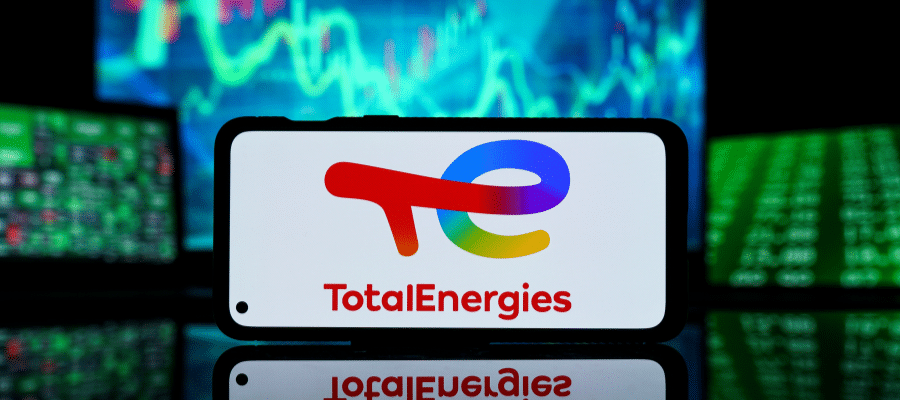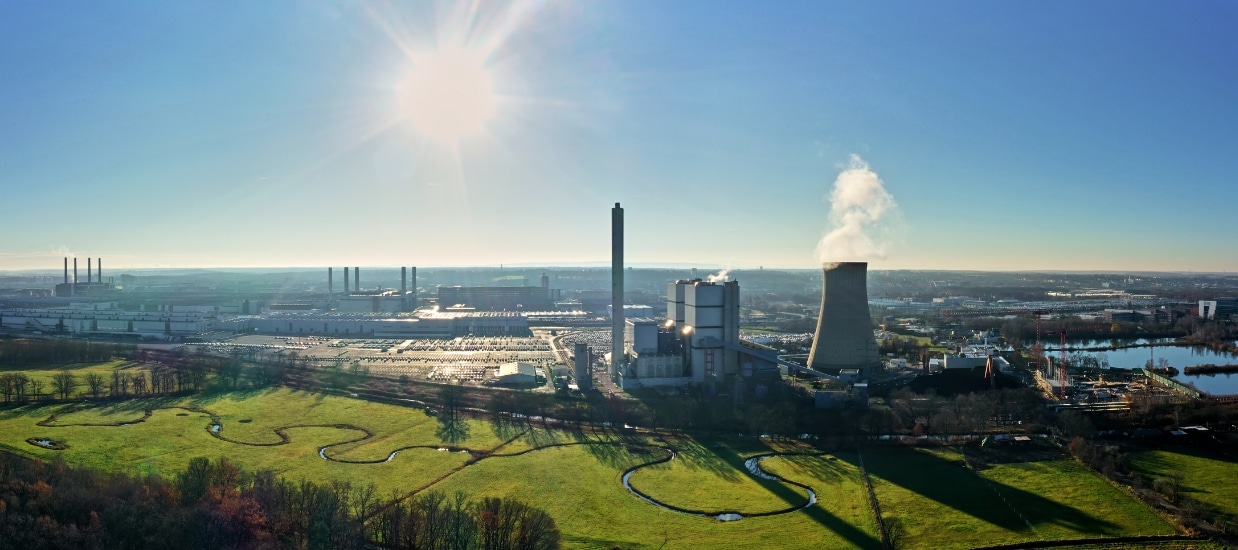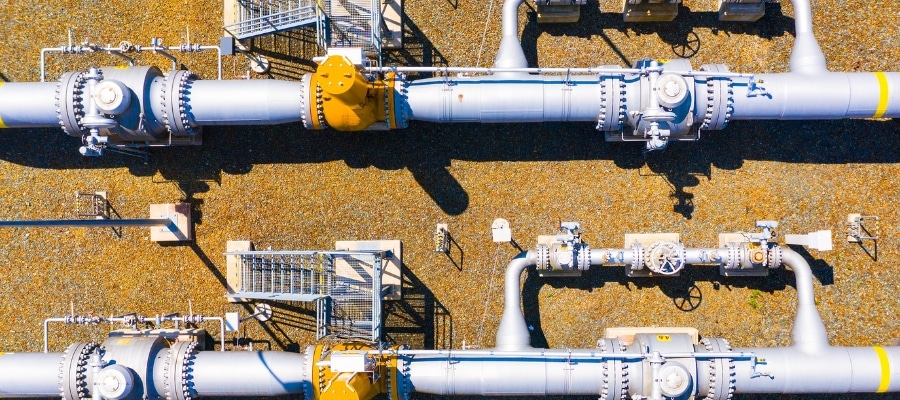Due to its reliance on metallurgical coal, the steel sector produces 11% of global CO2 emissions, making it the largest industrial emitter of CO2. (1) Decarbonizing the steel sector is therefore critical to achieving the 1.5°C target. (2) To align their portfolios with 1.5°C by 2050, financial institutions must adopt measures to end the development of new metallurgical coal mines and coal-based infrastructure in steelmaking. Even if the adoption of steel decarbonisation targets does not avoid the need for robust sector policies, it is imperative that the institutions that take the plunge and adopt steel targets ensure that they are effective. Analysis by Reclaim Finance shows that few financial institutions have steel targets, and that those that have been adopted are riddled with flaws.
The massive greenhouse gas footprint of the global steel industry is mainly due to its reliance on coal to make coke for use in blast furnaces. Because demand for steel is projected to keep rising, getting coal out of steel is essential in 1.5°C pathways. Fortunately, solutions already exist to enable steel to clean up its act. Financial institutions need to put in place policies to ensure that these solutions are implemented and that steel companies stop investing in new high-carbon infrastructure.
Banks are (just) in the lead on steel
Reclaim Finance has reviewed the practices of 150 banks, insurers and investors (3) in the steel and metallurgical coal sector. Alarmingly, we have found that almost nothing is being done by financial institutions to prevent investments in new metallurgical coal mines and coal-consuming blast furnaces, both long-lived investments which need to end if the steel sector is to align with 1.5°C. While some investors are engaging companies in both sectors, the policy commitments that we have identified have all been taken by banks. None of the 60 banks covered in our analysis seem to have adopted a sector policy related to steelmaking companies, but four banks have committed to restrict their financial services to metallurgical coal.
Sixteen banks out of the 60 assessed have so far adopted a steel decarbonization target. (4) The Net-Zero Banking Alliance (NZBA) requires its members to adopt sectoral targets (and is the only GFANZ alliance to do so), but does not specify which sectors should be covered. (5)
Very few and very disparate commitments
It is close to impossible to meaningfully compare the targets of different banks given the wide variation in banks’ initial exposure to the sector and that the key characteristics of their targets vary widely – including with banks using different baseline years and different financed emission metrics. Yet, all the banks’ targets share some important weaknesses, including the following four:
- None of the analyzed financial institutions uses both absolute and intensity metrics in their steel decarbonization targets as recommended by the UN High-Level Expert Group on net zero (HLEG). (6) And only one bank – MUFG – has a steel target based on absolute emissions. Absolute targets are necessary to ensure reduced financed emissions to the atmosphere. Intensity targets are helpful to compare commitments between different financial institutions, but used on their own do not show the rate at which actual emissions to the atmosphere are increasing or decreasing.
- Only two banks – Barclays and JPMorgan Chase (7) – have adopted targets covering both lending and underwriting-related capital market activities. (8) By not covering these activities, banks do not cover an important part of their role in financing steel-sector emissions and fail to properly be aligned with the IEA’s Net Zero by 2050 scenario (and the recommendations of HLEG). (9)
- No financial institution in our research is currently targeting steel Scope 3 emissions, even though these may account for more than a quarter of the total emissions of the steel sector. (10) Targeting upstream Scope 3 emissions would allow financial institutions to address the issue of coking coal mine methane (11) which is estimated to add 27% to the steel industry’s overall 20-year climate impact. (12)
- None of the analyzed financial institutions specifically targets methane emissions. While eight banks set their targets based on CO2-equivalent (CO2e) as required by the NZBA – and thus combining both CO2 and methane warming effects – seven banks set their steel emissions targets based only on CO2 emissions. Both are inadequate to tackle the powerful short-term impact of methane emissions on climate and leverage the significant climate benefits of immediate reductions in methane emissions. As recommended by HLEG, financial institutions should set separate reduction targets for both CO2 and methane.
Steel decarbonization targets content – April 2023
The following table presents the results of Reclaim Finance’s research on 150 financial institutions with only 16 banks with steel targets.
| Criteria | Content | Financial Institutions (out of 150) |
|---|---|---|
| Scenario used | IEA NZE 2050 | 12 |
| IEA ETP B2DS (12) | 3 | |
| Unknown | 1 | |
| Emissions | Absolute | 1 |
| Intensity | 14 | |
| Unknown | 1 | |
| Baseline | 2019 | 5 |
| 2020 | 4 | |
| 2021 | 4 | |
| 2022 | 2 | |
| Unknown | 1 | |
| Emissions scope | Scope 1 & 2 | 16 |
| Scope 3 | 0 | |
| Business activities | Lending and investments only | 14 |
| Include underwriting (13) | 2 | |
| Metric | CO2 | 7 |
| CO2 – Equivalent | 8 | |
| Unknown | 1 |
To fully play their part in decarbonizing the steel sector, financial institutions must adopt HLEG-aligned emission reduction targets and robust policies that end financial services that contribute to prolonging the use of metallurgical coal by the steel sector. While efforts need to be made to guarantee the adoption of effective targets, MUFG’s recent decision to finance the construction of new blast furnaces by ArcelorMittal and Nippon Steel in India (13), despite having adopted steel decarbonization targets (14), demonstrates the inefficiency of targets to alone secure the alignment of the steel sector with a robust 1.5°C trajectory.



